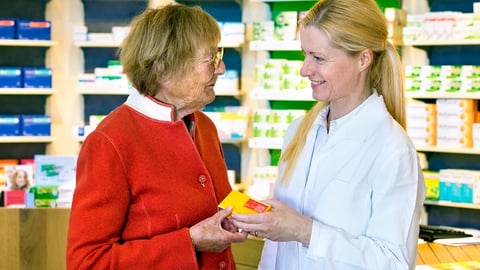-
Emerging companies clock pace of innovation
For a real-world look at the speed at which innovation occurs and what it means to truly have an innovation mindset, a panel of start-up companies — each at various stages of development and maturity — talked about the white spaces their organizations targeted and the solutions they created to fill those voids at a special Health Innovation Summit, hosted by CVS Health in partnership with Drug Store News and Mack Elevation in June.
Following is a brief recap of the companies that participated in the June 13 discussion.
-
Video messages help drive mobile commerce
Facebook senior client partner Aaron Calloway
Video-based marketing messages designed for mobile viewing represent a significant opportunity for retailers, according to a speaker at the recent Health Innovation Summit, hosted by CVS Health in partnership with Drug Store News and Mack Elevation.










